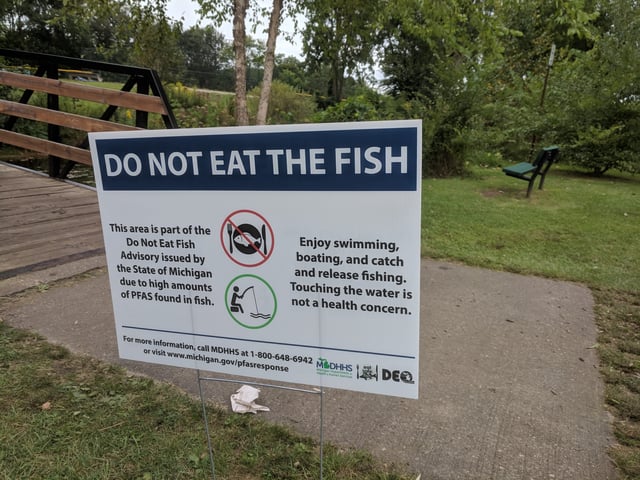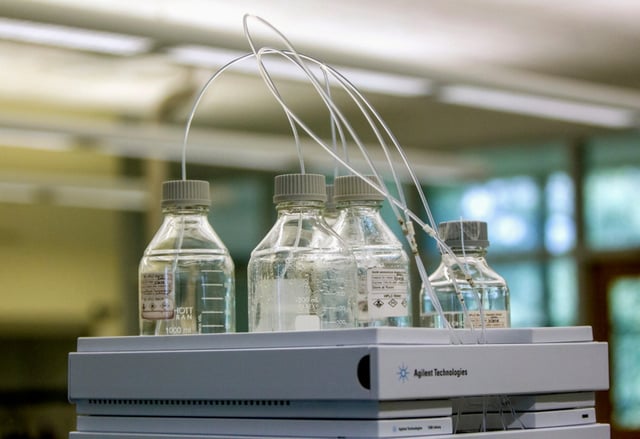Overview
- Recent studies reveal widespread PFAS contamination in U.S. drinking water, with high levels detected in various regions including the Midwest, New England, and the West Coast.
- EPA introduces stringent new PFAS limits, reducing allowable levels from 70 parts per trillion to just 4 parts per trillion.
- Health risks linked to PFAS exposure include cancers, thyroid disorders, and reproductive issues, prompting urgent regulatory action.
- Cities like Park City and Salt Lake City identify PFAS in local wells, exceeding the new EPA standards.
- Research shows PFAS contamination extends to seafood in New England, raising concerns about dietary exposure.



